Italian cuisine has long been in place with pizza, pasta and lasagna. Their delicious dishes are definitely loved, but the question is, can we prepare them? For any dish, it is not merely enough to cook it, but to make it right, to add everything that is needed, and at the right moment as well.
Furthermore, the use of heat treatment and constant stirring are also among the key rules for cooking. As spaghetti quite often has a few stumbles to offer, we describe how to cook pasta step by step. There is nothing complicated in the process, but as with all things done for the first time, each step requires special attention.

1. You need a large pot in which to collect plenty of water. Spaghetti needs 4 1/5 cups (1 liter) of water to about 3.5 oz (100 grams) of pasta.
2. Do not add salt until the water comes to a boil, because it will make the process slower. Salt is placed only once the water begins to boil. The quantity is 1 tablespoon salt to 4 1/5 cups (1 liter) of water. Some cooks also add 1 tablespoon of oil. And since it has not been made clear - salt and oil are added to prevent the pasta from sticking and falling apart.
3. The next step is to put the spaghetti in - grab the whole bunch and put it in the pot vertically. It begins to soften and gradually becomes easier to control - move it into place with a long fork with two prongs.
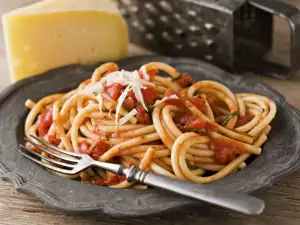
4. After putting the spaghetti in, check the clock and measure the time as indicated on the packaging.
5. Do not turn down the heat on the stove - the spaghetti must boil for a bit.
6. Boil uncovered, lest the water boils over.
7. Check the progress of cooking from time to time and stir the spaghetti carefully.
8. Despite what it says on the package, if you think they are not ready, wait a little more, so that they don't turn out raw.
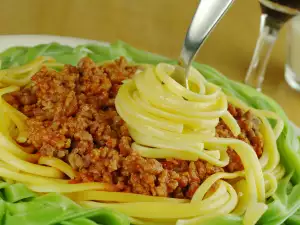
9. You can strain them when soft. Take them away from the heat and add 2 tea cups of cooler water to stop the cooking process. Then drain the water from the pasta through a colander - the procedure is done over the sink. Drain well.
10. Do not even think about waiting for the water to cool and then draining them - the procedure is performed while still quite hot.
11. Do not leave the pasta under running water.
12. Once drained, return them to the empty pot and start making sauce as desired. If you prefer, you can add a piece of butter to the pasta to make it even more juicy.
13. We advise you not to make the spaghetti and sauce at the same time, especially if you are a novice. Once you have started boiling, wait for it to finish and then begin creating the desired topping.
14. The pasta will become truly delicious if it simmers for a few minutes in the sauce.
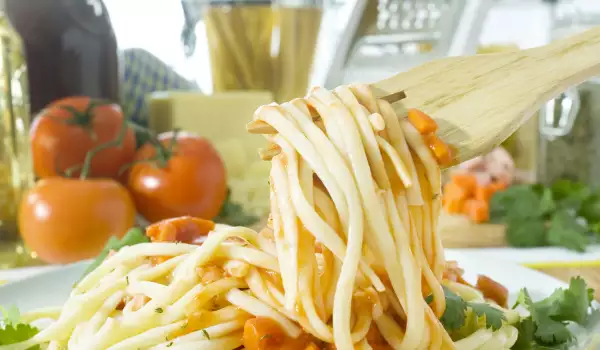






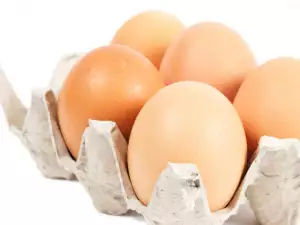



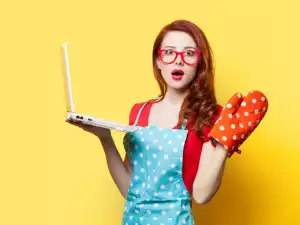








Comments